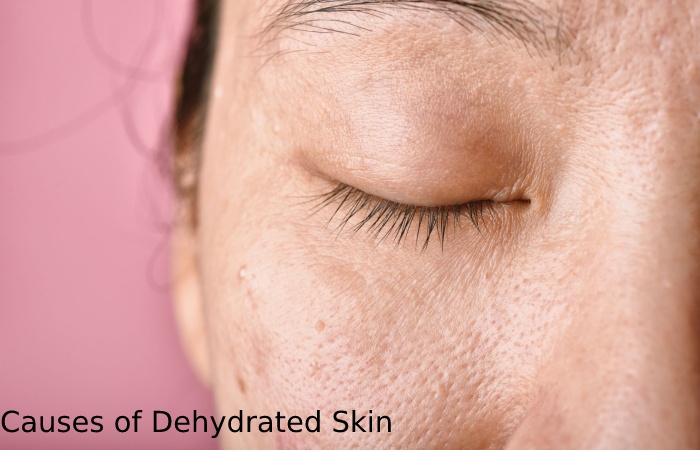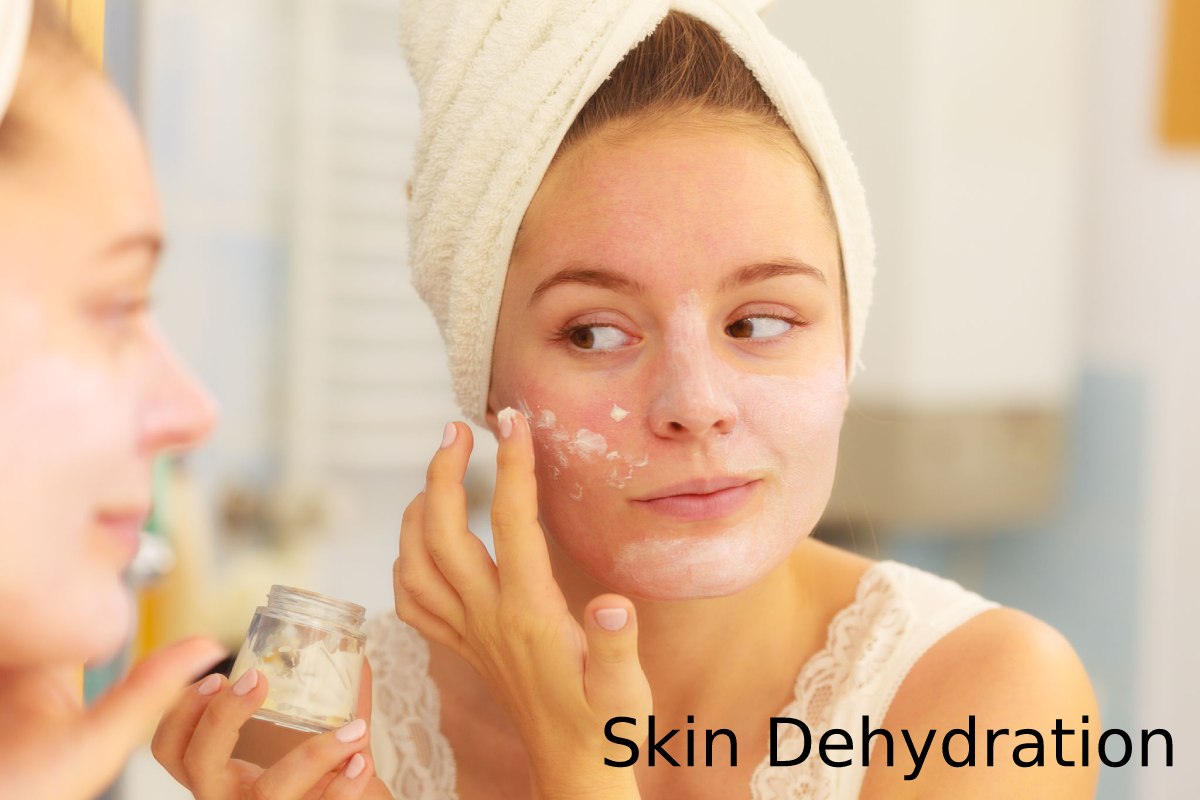Skin Dehydration – Besides, if you have dehydrated skin but you don’t know which cosmetics to use, know that I offer free skin diagnoses here: based on your answers, I’m going to provide you with an idea of a morning routine and a routine evening, with cosmetics that I have tested myself and that I think are ideally suited for you.
Table of Contents
What Is Dehydrated Skin?
By definition, dehydrated skin lacks hydration, therefore water, in its dermis and epidermis (the superficial layer of the skin). It is the consequence of an alteration of the surface layer of this epidermis, called the stratum corneum.
Weather Conditions
- Pollution.
- Air conditioning and heating.
Internal Factors
- Stress.
- Age (the older you get, the more easily dehydrated skin).
All skin types: normal, combination, oily, and dry can experience dehydration at one time or another. And yes, it’s not just for dry skin, contrary to what you might think! If this is your case, you may observe the following symptoms on the surface of your face or body:
- Rough areas;
- Discomfort;
- Dander;
- Dull complexion ;
- Lack of flexibility.
Also, if you feel tightness and need to apply a good layer of cream for more comfort after showering or cleaning, this is a sign of dehydrated skin.
What Causes Dehydrated Skin?
It is essential to understand why you have dehydrated skin and the causes to take good care of it. Skin dehydration is a sign of poor water regulation in the skin.
In an adult, the skin tissue comprises 70% water, and 75% locates in the dermis. The dermis is the deep layer of the skin. Just after is the epidermis, which contains the remaining 25% water.
The water, therefore, circulates in the skin, passing from the dermis to the epidermis to the stratum corneum by hydro-regulation. The stratum corneum is the skin’s protective layer located on the epidermis’s surface. It is what we see with our own eyes. Its role is to limit the evaporation of water on its character, thanks to its hydrolipidic film.
What Moisturizes The Skin The Most?
All the ingredients that promote hydration and water supply, of course! The aim is to provide the skin with sufficient water to rehydrate it. It will also be appropriate to use some nourishing ingredients to repair the hydrolipidic film on the surface of the epidermis, which is a crucial element for maintaining hydration and altered in the case of dehydrated skin.
How To Take Care Of Dehydrated Skin?
To take care of dehydrated skin and repair this temporary skin problem, I suggest a facial routine to rehydrate it and restore its beauty deeply.
It is necessary to adapt the care to your skin type. For example, don’t apply heavy moisturizers if you have oily skin. It would undoubtedly fill the dehydration, but sebum production would be worse and vice versa for dry skin!
Therefore, it is a question of finding the right balance in the products to be applied between the type of skin and the state of punctually dehydrated skin. The ideal is to opt for products with a light and fluid texture to promote penetration on the skin’s surface.
Conclusion
Vegetable oils and vegetable butter, such as shea butter, sweet almond oil, or argan oil, have nourishing properties to restore the hydrolipidic film on the epidermis surface. They do not moisturize directly, but they will indirectly help to have less dehydrated skin by limiting insensible water loss. Be careful, though, if you have imperfect skin: some butter and oils can be comedogenic.

